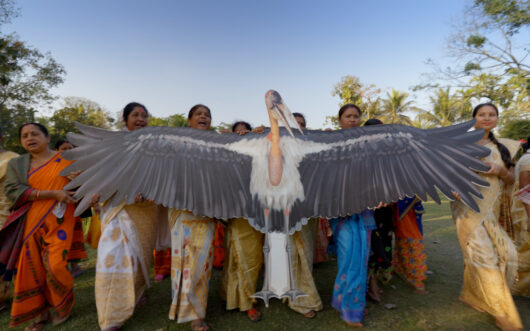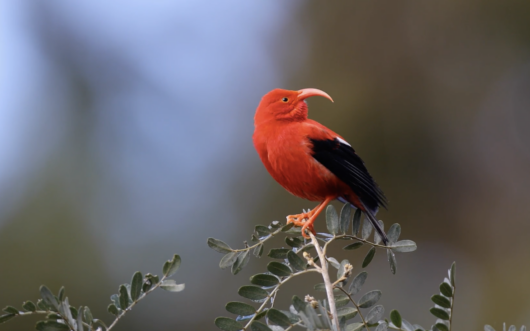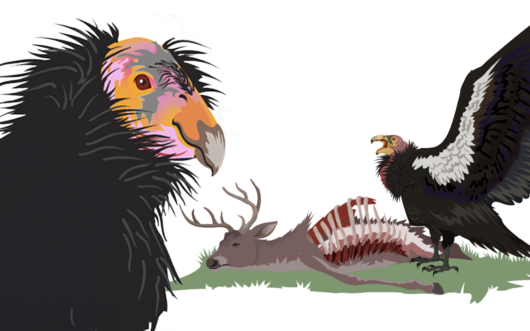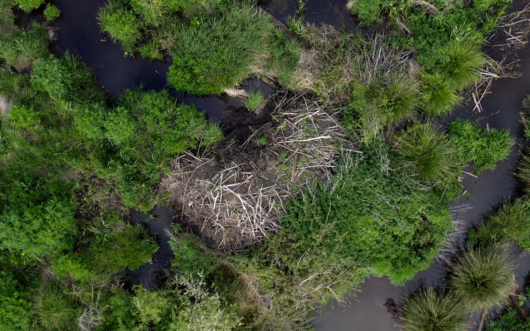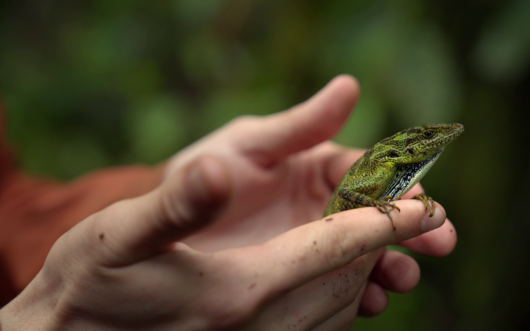Episode 29: Stork Sisters
In the northeastern part of India, the greater adjutant stork — also known as the “Hargila” (or the “bone swallower” by locals) — has been considered an ill omen for generations. The endangered bird has paid the price. Its breeding population here fell to just 115 birds by the 1990s.
When biologist Purnima Devi Barman witnessed villagers chop down a tree crowned with the storks’ nests — and chicks — she launched a grassroots effort to do something about it. Today, 10,000 women across the region have banded together to protect nests, raise fledglings, and run educational programs for children and adults explaining the benefits the storks bring to their communities. They even produce textiles that celebrate the giant bird — and bring critical income and empowerment to the local women who are safeguarding its future.
These efforts have been a resounding success for greater adjutant stork conservation. A recent survey found 1,830 of the distinctive birds in Assam, and the species’ status on the IUCN Red List has been changed from “endangered” to “near threatened” — a testament to what can be achieved with community conservation.
Frequently Asked Questions
How can I support Purnima's community directly?
Purnima Devi Barman’s movement — known as the “Hargila Army” — has made huge strides in greater adjutant stork conservation, but there is always more work to be done. One of the best ways to help their community is by directly supporting their stork-themed textile art, available online at Pashoo Pakshee’s Hargila Army page. You can also directly support their habitat restoration efforts at this link provided by Re:wild if you live in the U.S., or by visiting the Rewilding Academy website.
